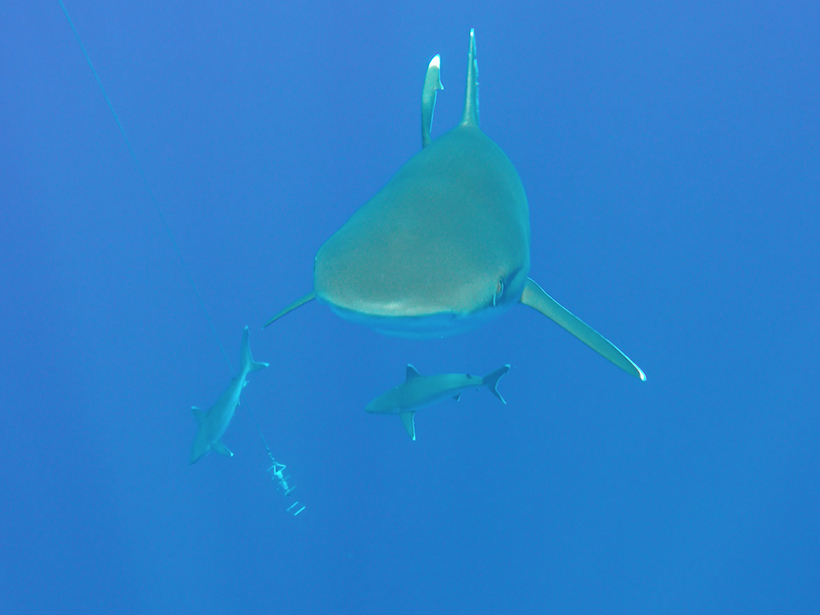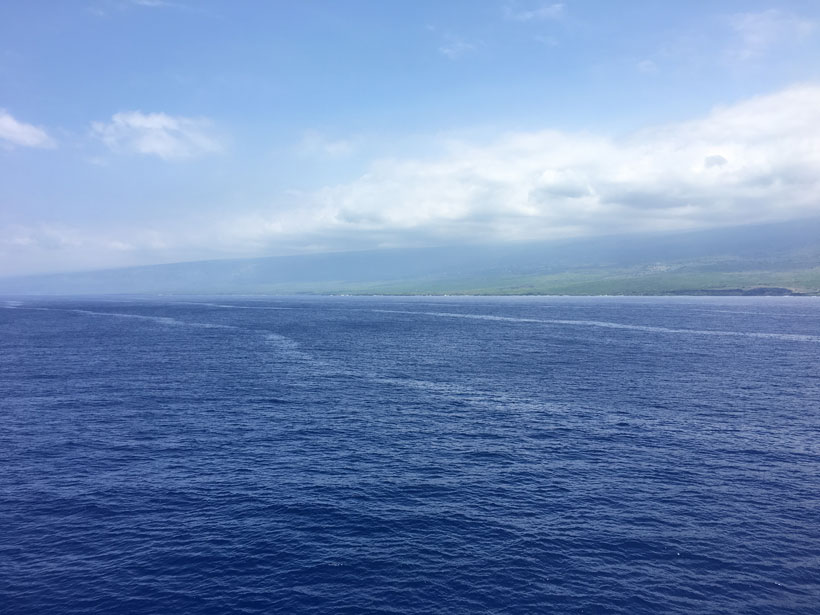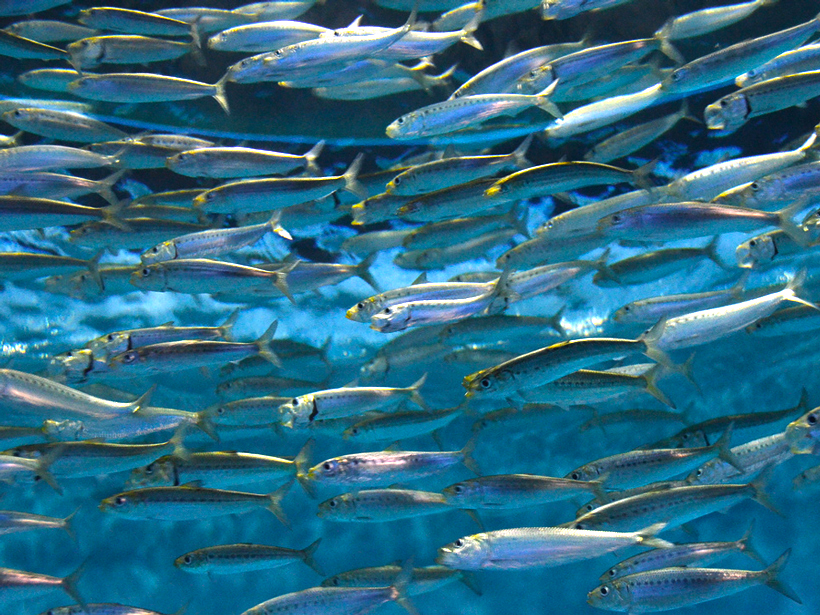At an Indian Ocean marine refuge, tides drive cold water laden with nutrients onto the tops of underwater mountains, where it sustains a long food chain that culminates in sharks, tuna, and seabirds.
fish
Posted inNews
Calm Waters off Hawaii Harbor a “Nursery” of Sea Life
Ocean slicks—naturally occurring bands of smooth water—are home to an astounding diversity of fish larvae and other marine life, researchers show.
Posted inNews
Modern Chemicals from Mystery Source Taint Fish in Utah Lake
Utah Lake’s fish contain high levels of a potential carcinogen. Could removing some bottom-feeders reduce this contamination?
Posted inResearch Spotlights
How "Godzilla" El Niño Affected Tropical Fish in Low-Oxygen Zone
A warm period unexpectedly boosted some species of fish larvae off the coast of Mexico.
Posted inResearch Spotlights
Survival of Young Sardines Flushed Out to Open Ocean
Despite favorable conditions within eddies and streamers that form ideal habitats for larval sardines, the young fish may not survive when flushed into the open ocean.





